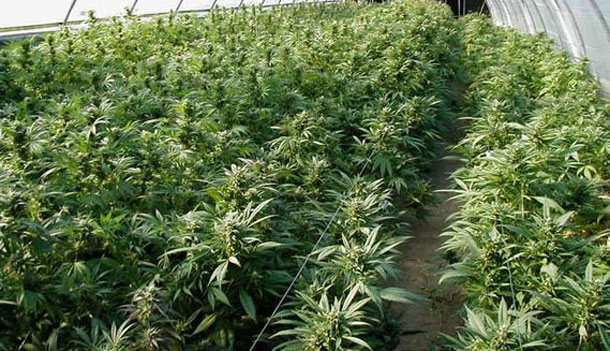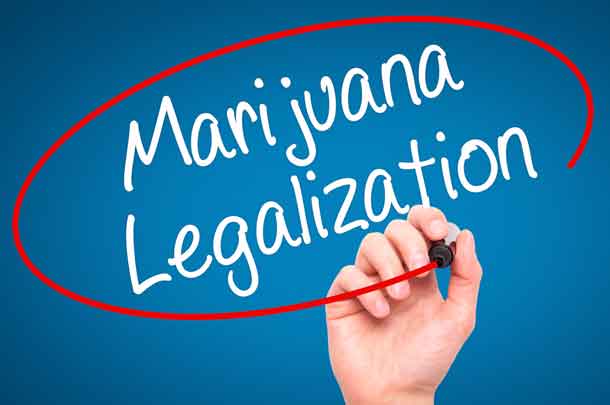Los Angeles, CA – LIVING – As more states begin to legalize the use of marijuana, more young people may start to believe that it’s safe to experiment with the drug. However, those under 25 are more vulnerable to the effects of drugs than are older adults. New legislation on legal marijuana use should include consideration of age limits and other guidelines for safe use, according to the authors of an article published today in Policy Insights from the Behavioral and Brain Sciences, a Federation of Associations in Behavioral & Brain Sciences (FABBS) journal published in partnership with SAGE Publishing.
The federal government in Canada is moving toward legalization of marijuana, but there has been little reporting on the impact this could have on young teenagers, or in how it could increase access to the drug for younger persons.
“As states consider legislation for marijuana use, it is imperative to determine safe guidelines regarding its impact on the brain, particularly during critical periods of neurodevelopment,” commented study authors Staci A. Gruber and Kelly A. Sagar of McLean Hospital and Harvard Medical School. “Although ‘just say no’ did not work as a successful prevention policy, ‘just not yet’ may be a more effective and informed message to promote, especially among our nation’s youth.”
Examining research on recreational marijuana’s impact on the brain, Gruber and Sagar recommend that laws legalizing marijuana outline restrictions on:
- Age: Some parts of the brain, such as those dealing with planning and problem-solving, continue to develop until the mid-20s. In addition, those who start using marijuana during adolescence are more likely to have problems with memory and to use marijuana at high levels in the future. Policymakers should take into account the risks that marijuana poses to adolescents when considering age restrictions and advertisements for these products should not target youth.
- Frequency and magnitude of use: Those who use marijuana frequently and/or in high doses are more likely to have worse problems with cognition and memory than those who don’t. To prevent users from abusing marijuana, policymakers should determine safe guidelines for use.
- Potency: Some varieties of marijuana plants and related products, including concentrates such as oils and wax, have high levels of tetrahydrocannabinol (THC), the chemical responsible for most of marijuana’s ability to get users high. Other varieties and products contain greater concentrations of non-psychoactive cannabinoids including cannabidiol (CBD), which does not get users high and is well known for its role in treating conditions such as pediatric epilepsy, anxiety, and pain. Instead of treating all types of marijuana as the same, policymakers should consider limits on THC potency for young consumers as well as minimums for potentially beneficial cannabinoids, such as CBD, for medical use.
While recreational marijuana use during vulnerable periods of neurodevelopment has been linked to adverse effects, marijuana and its constituents also appear to hold great therapeutic potential. Currently, “policy has outpaced science, and eased restrictions allowing citizens to use marijuana, in some cases without the benefit of appropriate research,” continued Gruber and Sagar. “Additional investigation is warranted and necessary to help guide informed policy decisions. Consumers have a right and a clear need to understand what their chosen marijuana products contain and what to expect.”






